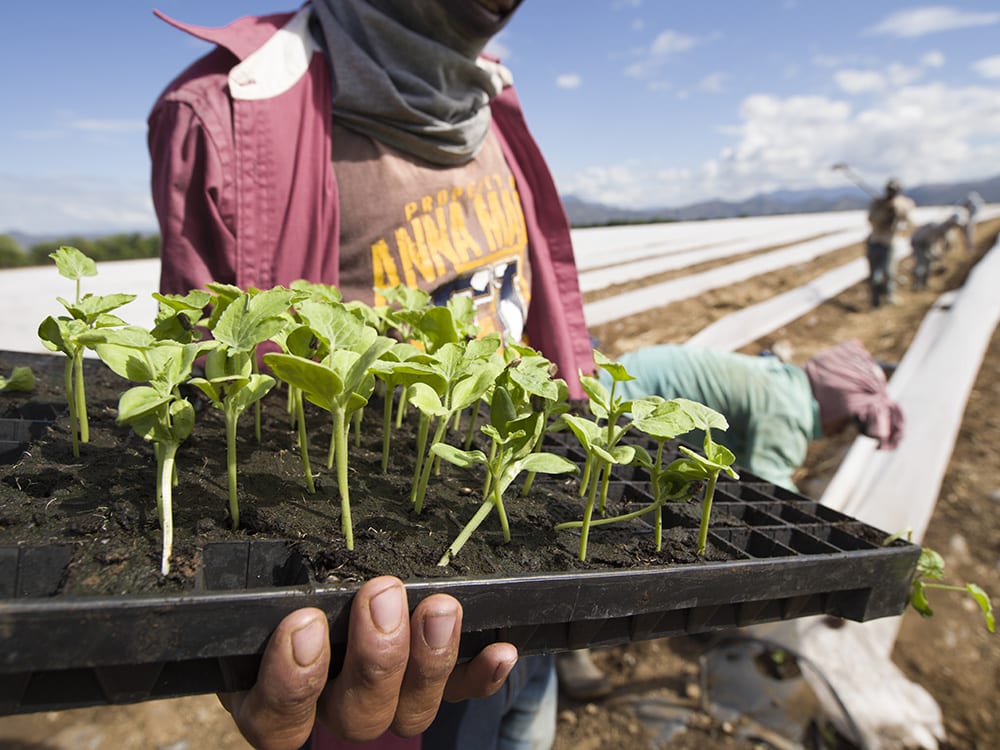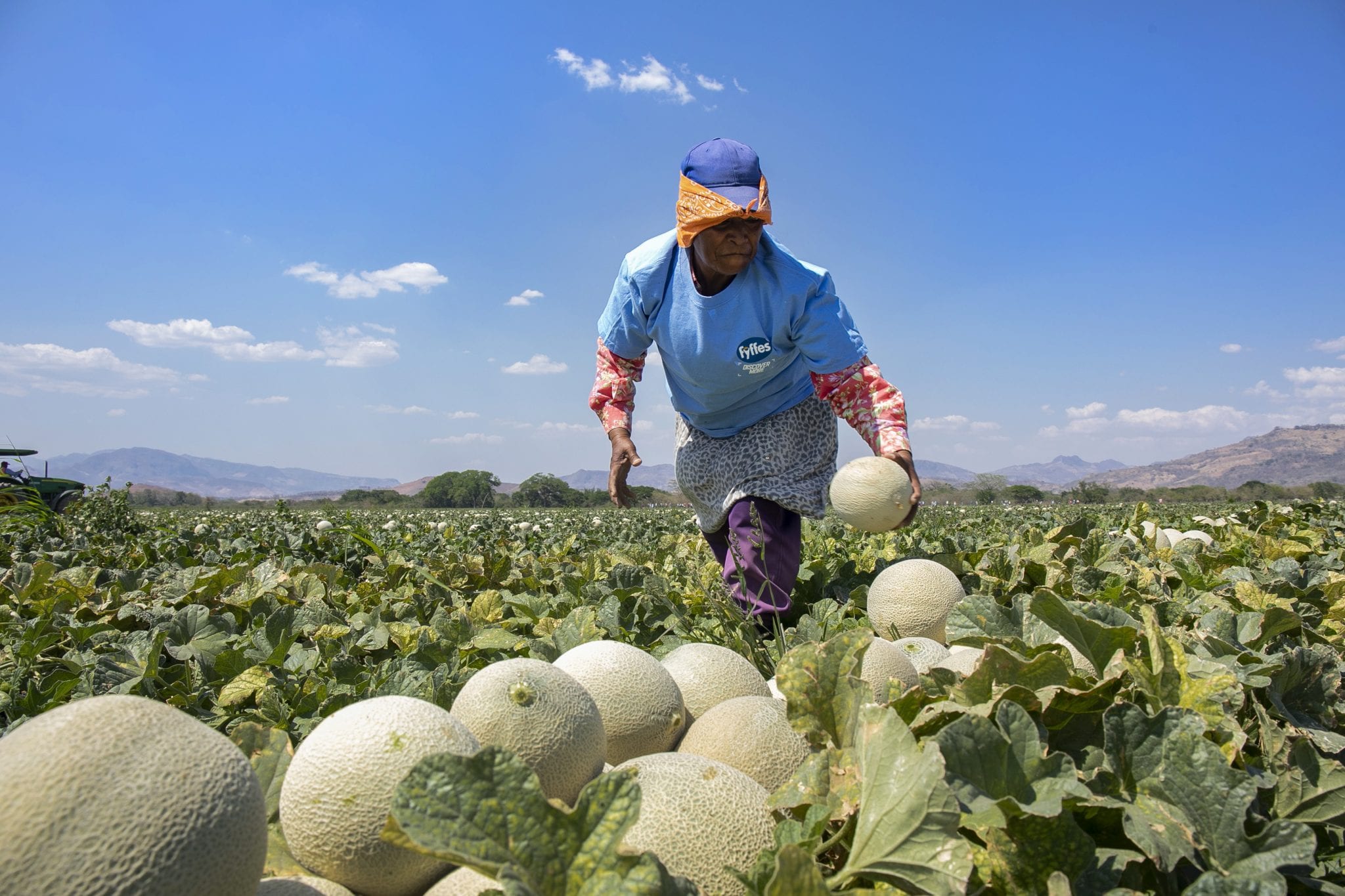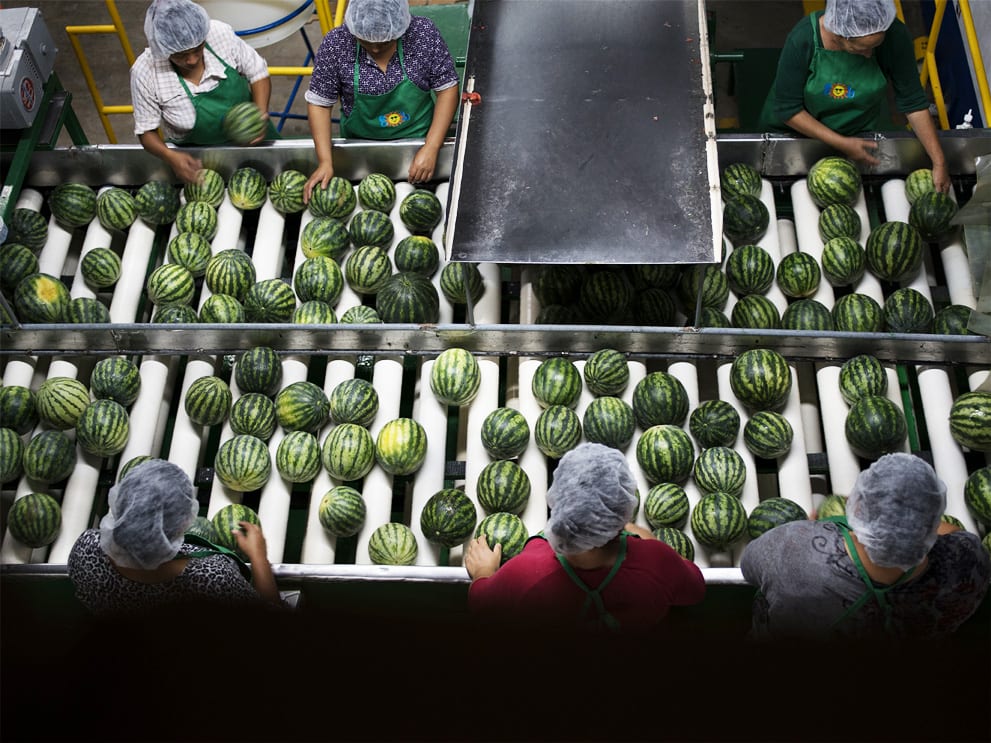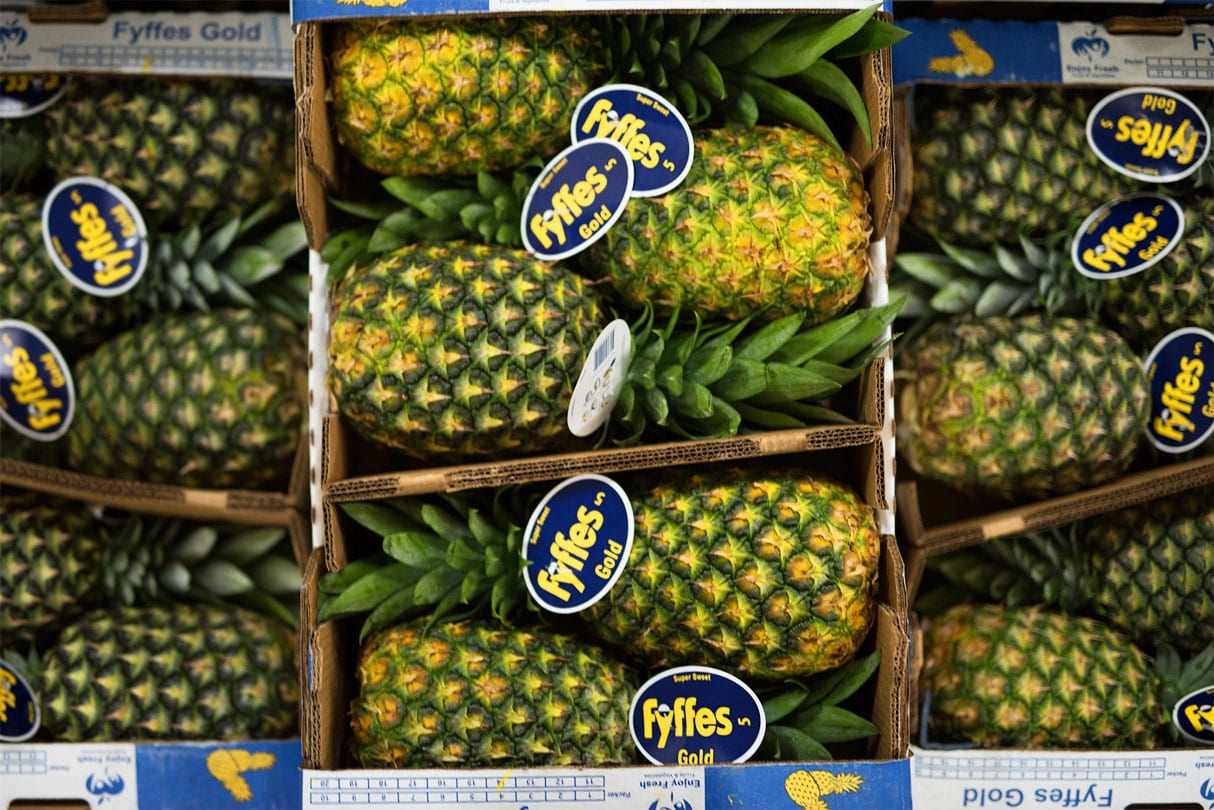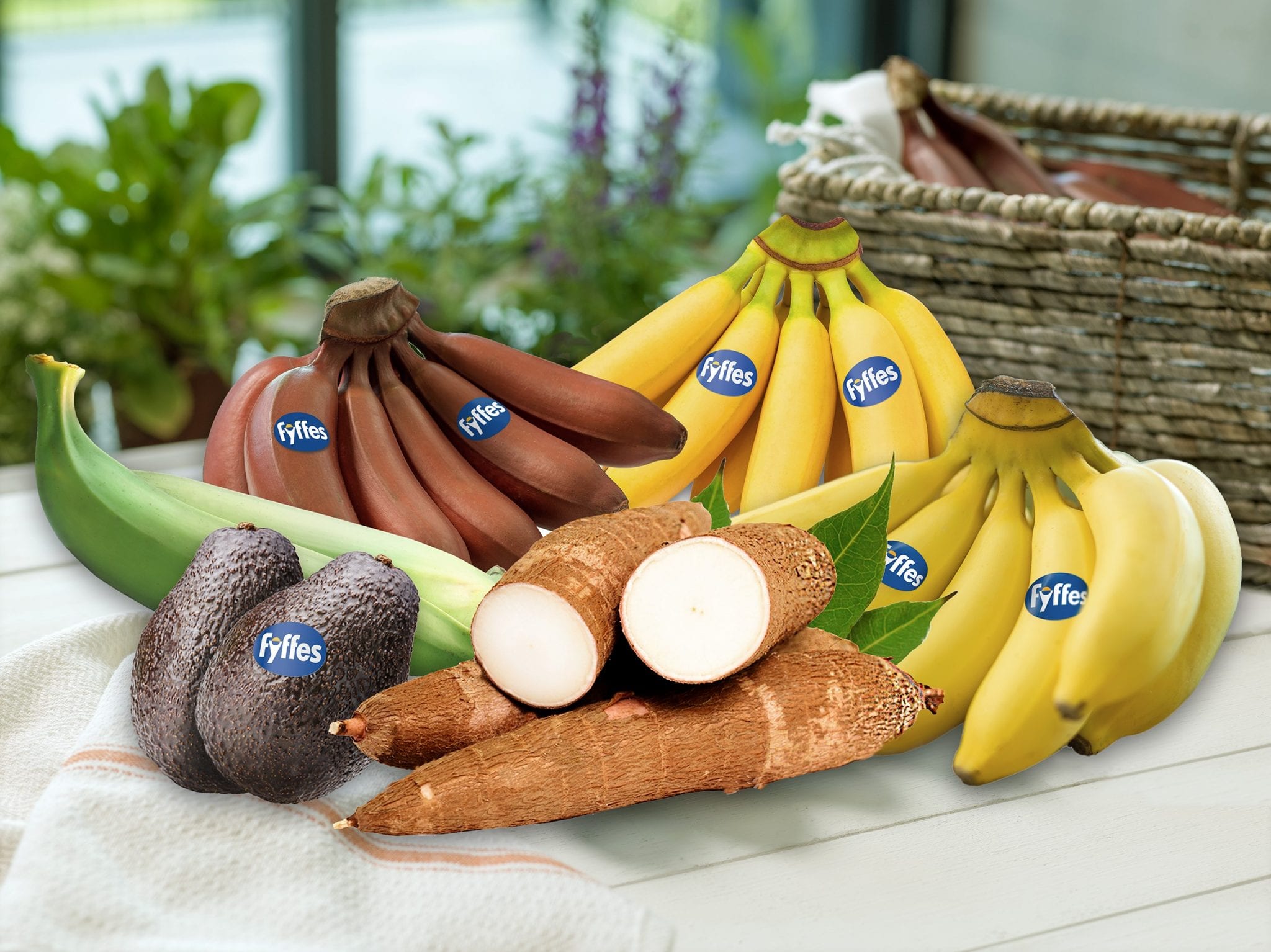It’s all about the soil. Melons need a rich, fertile, moisture retentive, deep and well-drained soil. Our melons are harvested in the fertile valleys of the Zacapa region in Guatemala and the Choluteca region in Honduras, where conditions are perfect for producing the finest cantaloupes, honeydews, and watermelons.

Deliciously refreshing
Melons
Have you tried a Fyffes melon? It’s hard to beat the deliciously refreshing natural taste of a ripe melon. With a host of different varieties available there’s sure to be a melon to delight everyone! Fyffes melons are grown in Honduras and Guatemala and are exported to North America from November to May.
The Melon Journey
-
How are melons grown?
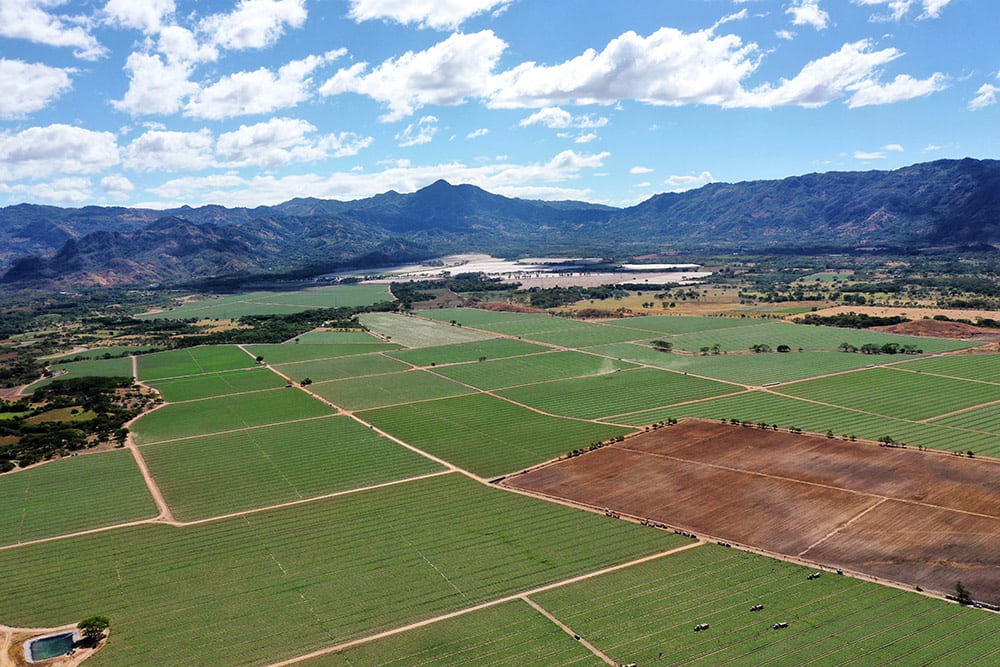
-
How are our melons harvested?
Melons need to grow for 2-3 months before they can be harvested. Using the utmost care and attention, we select and harvest only the best quality melons, which ensures they are ready to eat when you see them in stores.
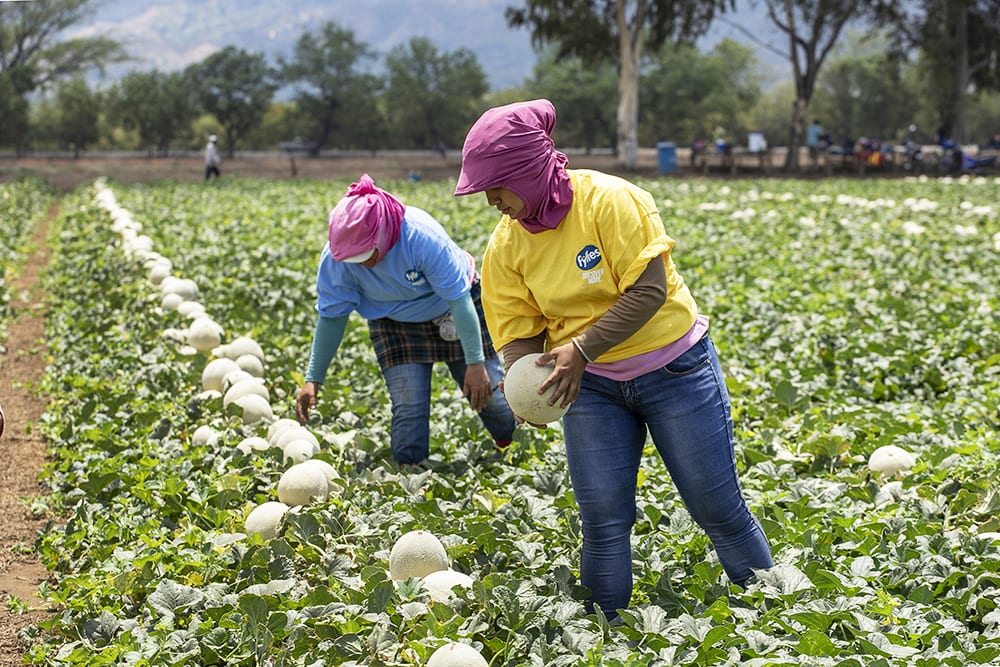
-
Washed and selected with care
Once harvested, our melons are washed thoroughly and carefully inspected at our packing facilities adhering to all food safety protocols. Our packing experts label the fruit and securely store the melons in shipping cartons for the next step of their journey.
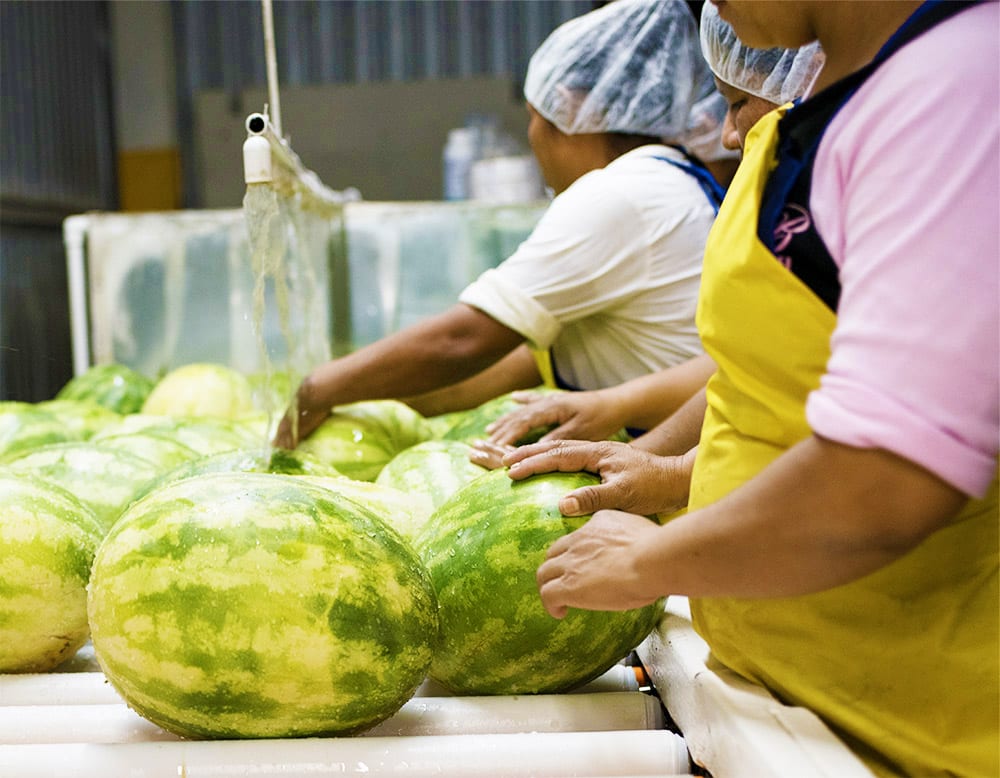
-
How do melons get to you?
Once melons are packed and ready to go on their journey overseas, they’re shipped in temperature-controlled conditions to maintain the farm-fresh goodness and ensure they will be tasty, ready to eat when they reach your local store.
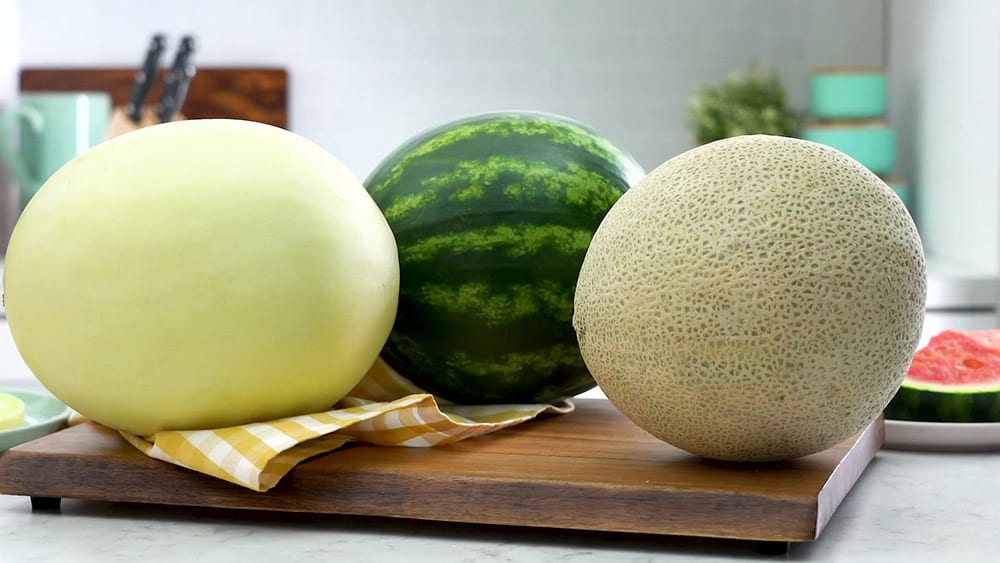
Health & Nutrition
- With a very high water content, melons help you hydrate and feel full.
- Performance Booster – Melons are rich in pantothenic acid (more commonly known as vitamin B5) which plays a vital function is in energy production and strong metabolism.
- They contain high amounts of phosphorus, calcium, vitamins A and C.
- Sweet and Low in Sugar – melons contain half as much sugar as the average pear or apple.
- Melons are also an excellent source of beta-carotene, which has a central function in the visual process and helps the immune system.
- 12,000 beehives are placed throughout our melon farms in Honduras and Guatemala so that bees can help fertilise the melons by transferring pollen from one melon flower to another.
Our Varieties
All melons are definitely not the same. But they all have one thing in common – their delicious, juicy, mouthwateringly sweet flesh!
Cantaloupe 
- A wholesome household favorite, cantaloupes are sweet and juicy
- Delicious and nutritious, each slide is packed with Vitamin A + C
- Pair with prosciutto and mozzarella for a sweet and salty snack
- Look for a firm, light green to beige rind with a tight netting
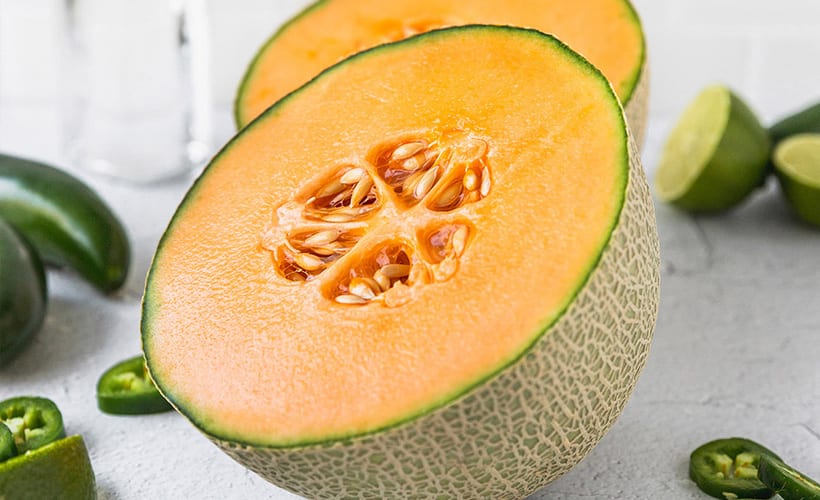
Honeydew 
- Enjoy the deliciously sweet, crisp flavor of honeydews
- Rich in fiber and high in potassium, they naturally help lower blood pressure
- Chop and toss with blackberries and basil for a sweet, tart salad
- Look for a creamy white rind that’s smooth to the touch
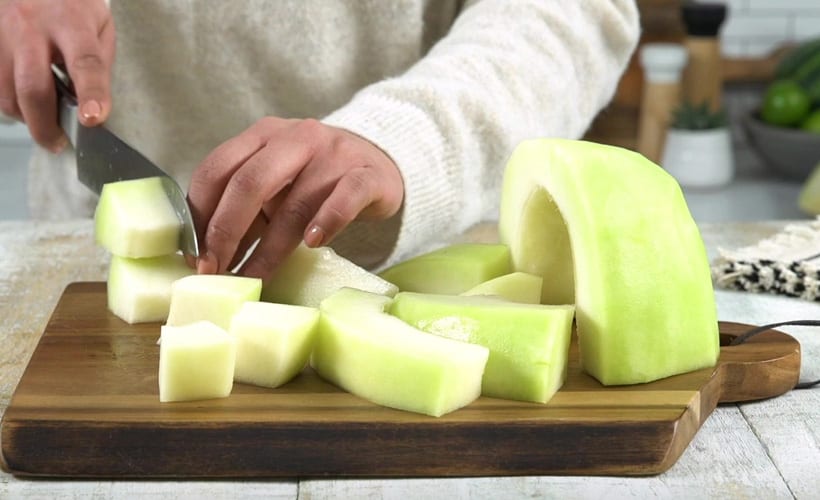
Watermelon 
- Very low in calories, and bursting with healthy essential nutrients and antioxidants, watermelons have a sweet and refreshing taste
- Mix chunks of watermelons with feta cheese, cucumber and olive oil for a sweet and savory salad or blend them with lime, mint and ice for a refreshing summer drink
- Look for a green rind with a creamy yellow field spot
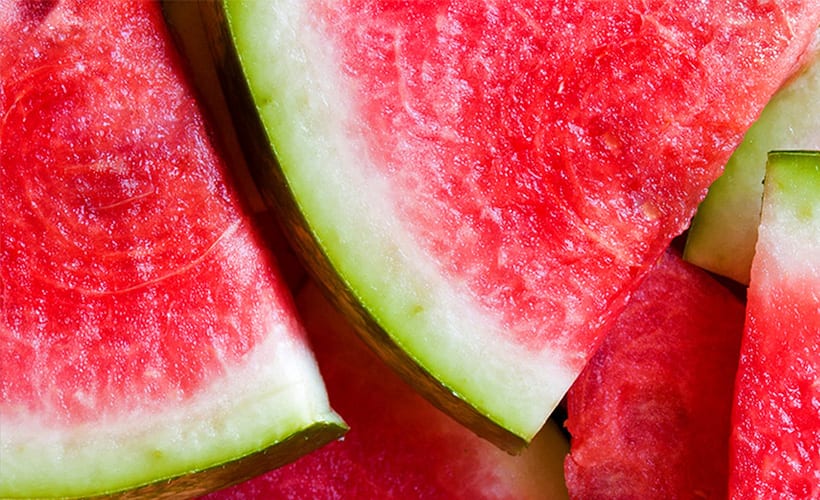
Did you know?
- We plant eggplants on our melon farms as a natural pesticide to keep white flies from destroying the melon crops.
- Melons grow on climbing plants along the ground and belong to the pumpkin family.
- Squash and cucumbers are closely related to melons and are part of the Cucurbitaceae plant family.
- Ancient Egyptians began harvesting melons in 2000 B.C.








